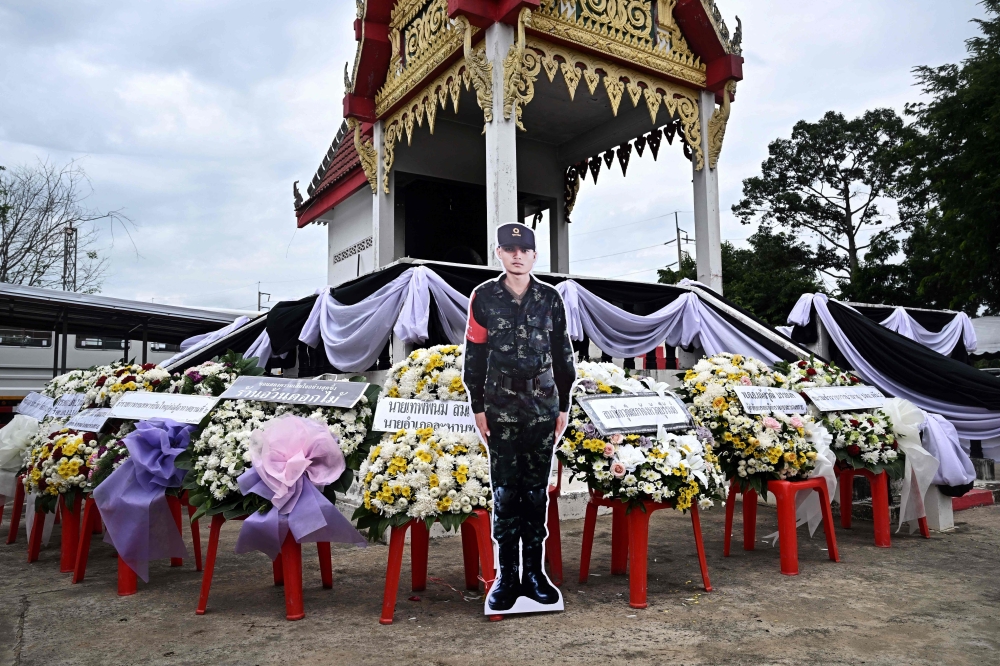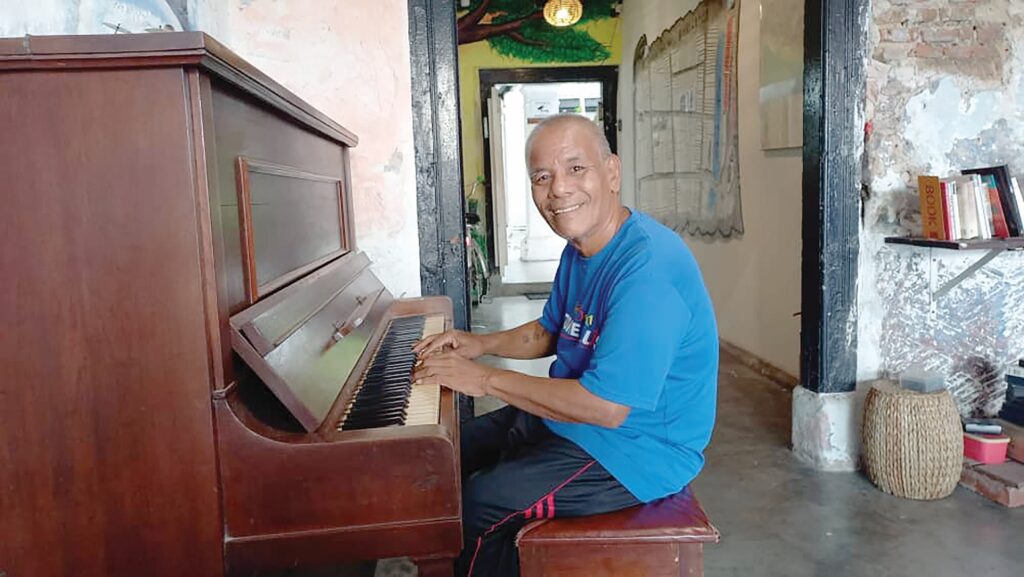JULY 31 — A new flare up at the Thai Cambodian border has sharply tested Asean. It exposed deep coordination gaps in Thai governance. Civilian leaders and military commands remain misaligned in crisis.
The conflict stems from long standing territorial claims. Recent clashes killed dozens. About 300,000 people were displaced. Civilians bore the worst toll. The situation alarmed South-east Asia.
On July 28, 2025, Malaysia brokered an unconditional ceasefire. Thai Acting PM Phumtham Wechayachai and Cambodian PM Hun Manet signed under Asean and US China pressure. The truce began at midnight. It followed five days of intense fighting.
In the hours after, Thailand accused Cambodia of violations. Cambodia rejected those claims. Asean observers remain deployed along the frontier. Military commanders from both sides held follow up talks to reinforce the ceasefire.
Confusion about who takes orders has fuelled past slip ups. A leaked phone call made this visible. On June 15, 2025, PM Paetongtarn spoke privately with former Cambodian PM Hun Sen. She addressed him as “uncle.” She complained about a Thai commander who acted “to look cool.” She also asked Hun Sen to show sympathy and help avert escalation.
That recording went public on June 18. It triggered massive political fallout. Thailand’s Bhumjaithai Party quit the ruling coalition. Pro military forces called her weak. On July 1, the Constitutional Court suspended her, pending dismissal proceedings.
Amid political chaos, the Thai military asserted control over border security. Some observers say border attacks were timed to divert public attention from the scandal. The military thereby regained its dominant role.
Meanwhile skirmishes persisted. On May 27, soldiers clashed near Chang Bok. A Cambodian soldier died. That fight renewed fears of full escalation.
By late July, the conflict surged again. Civilians returned to destroyed villages in Cambodia. Homes were burned. Shops lay in ruins. Some evacuees reported financial losses near US$100,000. Many remained unsettled despite the ceasefire.
The ceasefire was largely successful — but fragile. Both sides accused each other of violations on July 29. Heavy weapons once more tested the truce. International pressure, especially from the US, was decisive. President Trump threatened trade sanctions. On July 31, journalists reported that Trump phoned Acting PM Phumtham directly. That call broke the deadlock.
Trump later touted the outcome: “We saved thousands of lives,” he said. The US revived stalled trade talks. A 36 per cent tariff on Thai and Cambodian exports loomed without progress by August 1.
China also engaged. Informal meetings in Shanghai preceded the Putrajaya talks. China co organised sessions alongside Malaysia and the US.

A cardboard cutout of Royal Thai Army soldier Teerayuth Krajangthong, 22, who died during clashes between Thailand and Cambodia in Sisaket province, is seen during funeral rites at a Buddhist temple in the Thai border province of Buriram July 30, 2025. — AFP pic
Asean states issued unified statements. They urged restraint, de escalation, and diplomatic dialogue. Major regional partners like Indonesia, Vietnam, the Philippines, and Australia voiced concern.
A General Border Committee meeting is set for August 4 in Phnom Penh. It follows ceasefire provisions and aims to institutionalise military diplomacy. Military backchannels and observer missions are being discussed.
Thailand is also gathering evidence of alleged violations. Acting PM Phumtham confirmed continued low level clashes. No heavy weapons have been used. He pledged clearer public communication. Official broadcasts will be upgraded via national television pooling.
Observers warn political risk remains high. The Shinawatra dynasty now faces a leadership vacuum. Civil military conflict and coalition instability may spiral. Some fear a “silent coup” via courts or parliament.
Despite these risks, opportunity exists. Asean’s diplomatic success may rebuild trust. Border monitoring, alignment between security and political sectors, and humanitarian response can fortify peace.
A peace monitoring mission, ideally Asean led and non intrusive, could verify compliance. Humanitarian relief should operate independently of politics. Such efforts will strengthen Asean’s facilitator role, preserve sovereignty, and promote internal coherence.
For Thailand, stronger civil military coordination is urgent. Civilian leadership must work in tandem with security agencies. A unified strategic framework is vital. This will demonstrate Asean values in action — non interference, collaborative security, and practical protection.
Malaysia’s mediation, led by PM Anwar Ibrahim, remains a model. His leadership allowed Asean to reclaim initiative. It also showed that external powers like the US or China can help when Asean remains central. The ceasefire now needs transformation into durable peace.
This ceasefire should not be the end. It must spark institutional reform, cross border confidence building, and consistent implementation of agreements.
All players — state, military, humanitarian — must move synchronously. Trust must replace mistrust. Mechanisms must reinforce commitments. Only then can diplomatic success evolve into stability.
*Phar Kim Beng PhD is Professor of Asean Studies, International Islamic University of Malaysia and Director of Institute of Internationalisation and Asean Studies (IINTAS). Yu-wai Vic Li is a lecturer in East Asian Studies, University of Sheffield.
**This is the personal opinion of the writer or publication and does not necessarily represent the views of Malay Mail.






